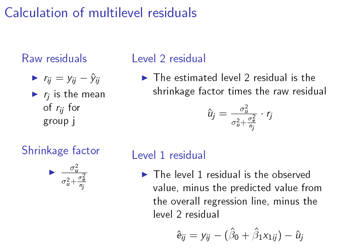
This value can be calculated based on knowledge of development costs, market trends, and interest rates.

This input, along with the prices paid for comparable properties, can help an investor determine the market value of the property. The residual land value is an important component of real estate investment analysis because it helps the developer/builder “back into” the appropriate value of the land, which informs the purchase price that they are willing to pay. Residual land value is a commercial real estate metric that estimates the valuation of raw land based on the planned improvements for it. To learn more about our current commercial real estate investment opportunities, click here. We still consider it as part of our due diligence process. By the end, readers will have the information needed to perform more thorough due diligence on potential investments that involve ground up development.Īt First National Realty Partners, we don’t typically develop properties from the ground up, but that doesn’t lessen the importance of knowing what the residual land value is.
Residual value formula how to#
In this article, we are going to discuss a term known as “residual land value.” As it relates to a commercial property, we will describe what residual land value is, how to calculate it, and why it is important.

These line items represent the bulk of the cost of the development and they help a developer back into how much they can afford to pay for the second major cost group, which is the land. First, is the cost of vertical construction, which includes line items like lumber, drywall, electrical, plumbing, landscaping, roofing, architecture, and legal. When a commercial real estate developer is considering the construction of a new project, there are two major groups of development costs to consider.


 0 kommentar(er)
0 kommentar(er)
